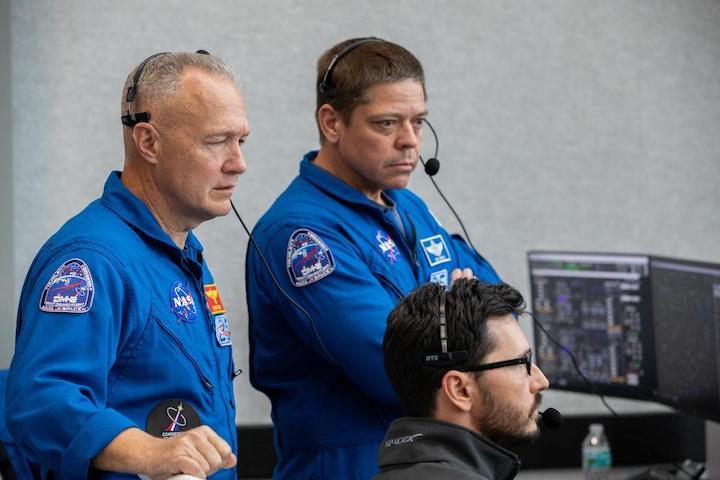17.05.2020

Graduations across the country may be canceled or postponed, but there is one really special feature for the class of 2020.
SpaceX and NASA are inviting graduates from around the world, from kindergarten to graduate school, to submit their photo to fly on America's first human spaceflight in nearly a decade.
How will this work? Once graduates (or proud parents of a 2020 grad) upload a photo to SpaceX's interactive website, it becomes part of the SpaceX Mosaic. As of Friday, May 15, thousands of photos could be seen dotting the Earth. Once a user zooms in, photos show people of all ages — selfies, professional photos, some holding a 2020 sign, wearing a cap and gown, and a few displaying their face masks.
The site encourages users to share their photo from the SpaceX Mosaic on Facebook or Twitter: "To celebrate my graduation, my image will fly on SpaceX's Crew Dragon spacecraft to the International Space Station – upload yours!"
The photo mosaic of Earth will be printed and flown aboard SpaceX's Crew Dragon spacecraft during its mission, scheduled for May 27, to the International Space Station with NASA astronauts Bob Behnken and Doug Hurley on board.
Who's flying in SpaceX Crew Dragon?: Meet astronauts Bob Behnken & Doug Hurley
3 ... 2 ... 1 ... liftoff! Anyone can fly Crew Dragon in this official SpaceX simulator
SpaceX's Crew Dragon is scheduled to launch on a Falcon 9 rocket from Kennedy Space Center's pad 39A at 4:32 p.m. May 27. It will mark the first time American astronauts launch from U.S. soil since the end of the space shuttle program in 2011. Check back with FLORIDA TODAY's Space Team (Emre Kelly, Antonia Jaramillo, Rachael Joy and Craig Bailey) for coverage of this historic launch.
Deadline for graduate photo submissions is Wednesday, May 20. To upload a photo, visit spacex.com/classof2020.
Quelle: Florida Today
